26 Jan


0 Comment(s)
6224 View(s)
Hello,
In this article, we are going to discuss electric motors, their classification, and their applications.
- In the current era, our lives are incomplete without electricity. Every single appliance in our house runs on electricity. From televisions to fans, lights kitchen appliances and everything works on electricity.
- In the field of engineering, electric motors have been the most innovative and essential thing after the invention of electricity itself.
What is an Electric motor?
- An electric motor is an electromechanical device that converts the electric energy supplied to it into mechanical energy. A motor produces rotation force and rotates a shaft.
- Electric motors are mainly divided into two types depending on the supply of current: AC Motor and DC Motor. They are further divided into many types as shown below. We will discuss each in brief.
AC Motor
- The motors which run on alternating current are called AC motors. These motors work on the principle of electromagnetic induction. These motors have two parts:
- The stator is the stationary part of the motor
- The rotor is the rotating part of the motor.
- AC motors are generally single-phase or three-phase. Single-phase motors are generally smaller in size than three-phase motors.
- Three-phase motors are used in industry as the standard one because they provide great performance at an affordable price.
- The above animation shows how a three-phased AC motor works with the help of magnetized metal coils.
DC Motor
- The motors which work on DC are called DC motors. These motors work on the principle that when a current-carrying conductor is placed inside a magnetic field, a force with be exerted on it which will result in torque.
- The DC motor consists of two parts: Armature and the Stator. The moving part is called the armature and the stationary part is called the stator.
- The below animation shows a brushed DC motor. Here the magnet is the stator and the metal coil is the armature.
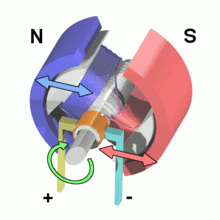
Classification of AC Motors
- Synchronous motor: The synchronous motor changes the alternating current into mechanical power. The word synchronous is used as the frequency of the rotation of the motor is synchronized to that of the alternating current. The speed of the motor is constant in this case. Generally, a three-phase power supply is used in this case. Synchronous motors are further divided into two parts: Reluctance and Hysteresis motors.
- Induction motor: These motors are asynchronous motors that do not have the same frequency as the frequency of the power supplied to them. It works on the principle of electromagnetic induction to convert electrical energy into mechanical energy. According to their power supply, induction motors can be divided into single-phase and three-phase motors.
Classification of DC Motors
DC motors are classified into two types: Separately excited and Self-excited motors.
- Separately excited motors: In this motor, the windings are excited by a separate DC source. The movable armature is excited by a separate DC source and this creates a flux within the motor.
- Self-excited motors: In these kinds of motors, the field supply is connected either in series or parallel with the armature. only one field supply is used for both movements of the motor and the movement of Armature. These self-excited motors are further divided into three parts: Series motor, shunt motor, and compound motor.
- Series motors: In these kinds of motors, the field supply is connected in series with the movable armature.
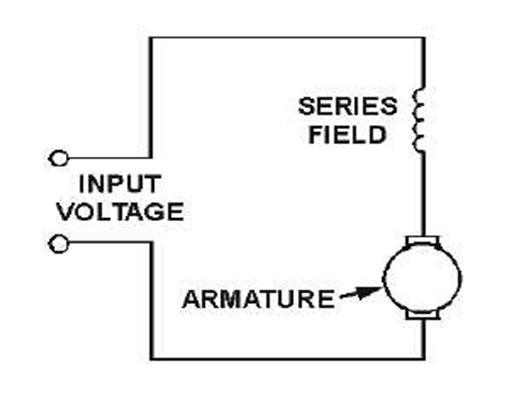
- Shunt motors: In these kinds of motors, the field supply is connected in parallel to the movable armature. This provides good speed regulation. The field winding can be separately excited or by the same source as the armature.
- Compound motors: In these kinds of motors, there are two field supplies connected to the movable armature. One is connected in series to the movable armature and the other one is connected in parallel to the movable armature.
Other motors
- There are other motors available to use. Some of them are stepper motors, servo motors, brushless DC motors, brushed DC motors.
- Stepper motors divide a full 360-degree rotation into equal parts. This motor provides extremely precise movement and speed control. For such reasons, they are used where high precision movement is required. Stepper motors are very densely packed and are therefore heavy. They are costlier than servo motors and other dc and ac motors as they provide high-quality performance.
- Servo motors are another example of different types of motors. Servo is a simple type of motor which gives out highly efficient performance and good precision. These servos are available for both alternating current and direct current. A servo comprises a regular motor and a sensor for feedback.
- I hope you learned something about motors from this article. I hope you enjoyed it. That is all about motors and their classifications. Thank you.

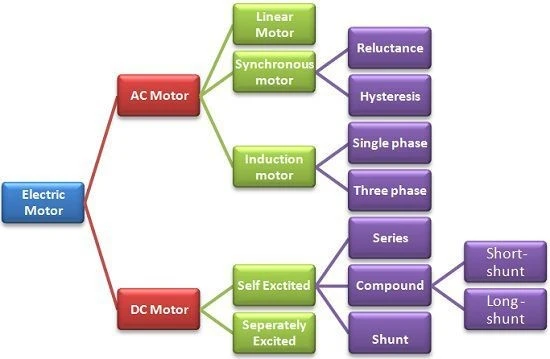
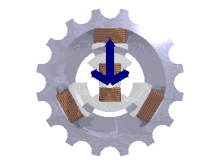
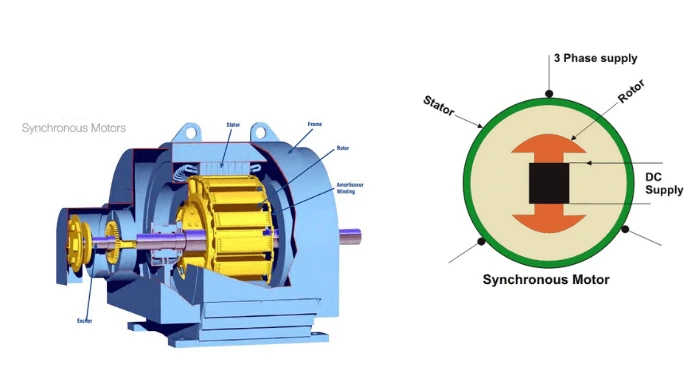
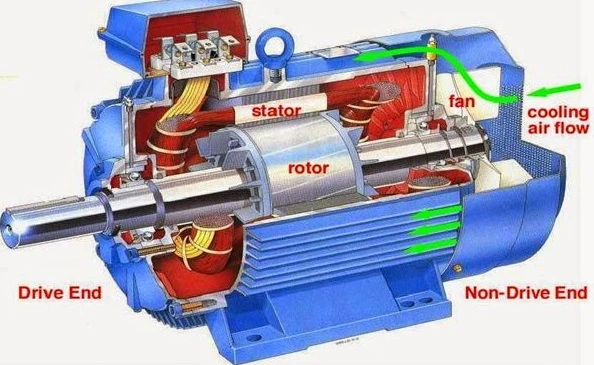
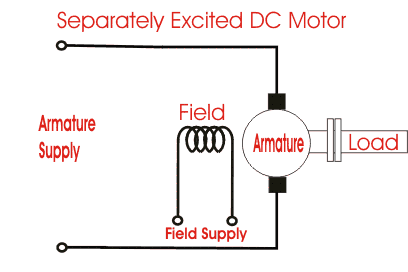

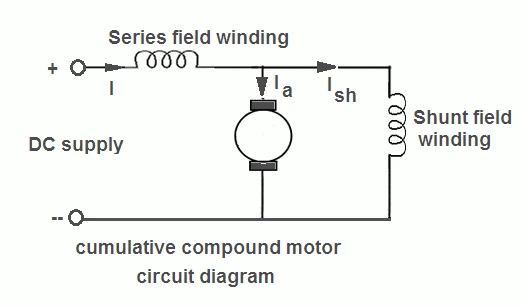
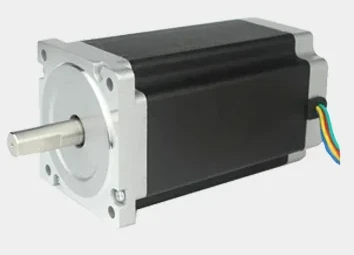
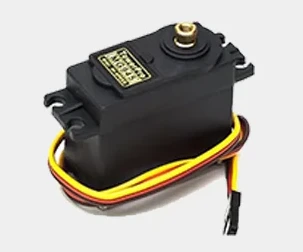

Leave a Comment